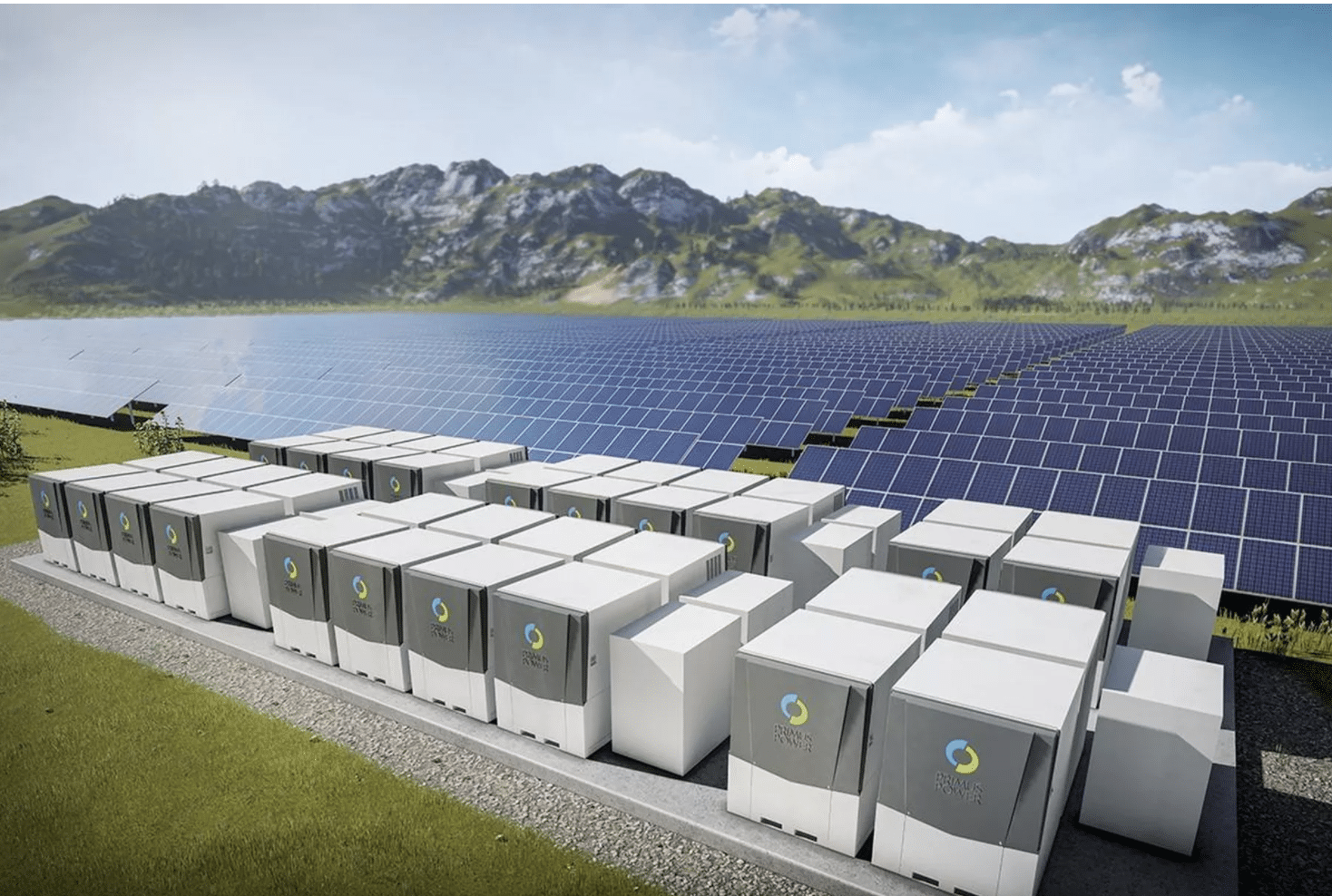Ohio, known for its industrial heritage and vast agricultural landscapes, has been steadily navigating the complex and ever-changing energy landscape. In the 21st century, energy providers across Ohio and the nation face significant challenges and opportunities that reshape how energy is produced, distributed, and consumed. From the transition to renewable energy sources to the development of smart grids and advancements in energy storage, Ohio energy providers are at the forefront of a transformative era.
The Transition to Renewable Energy
One of the most significant trends in the energy landscape is the shift towards renewable energy sources, and Ohio is no exception to this global movement. Energy providers in Ohio are making substantial investments in renewable energy projects, particularly wind and solar. These investments help reduce carbon emissions, combat climate change, and create economic opportunities in the state.
In recent years, Ohio has witnessed a rapid growth in solar energy installations, with residential and commercial consumers turning to solar panels to generate electricity. Energy providers are actively involved in installing and maintaining solar arrays, making renewable energy more accessible to consumers. Ohio is also strategically positioned for wind energy development, with several wind farms harnessing the power of strong winds in rural areas.
Energy Storage Solutions
Energy storage is another critical aspect of the evolving energy landscape. Energy providers are exploring innovative solutions for storing excess energy generated from renewable sources. This surplus energy can be stored and used during periods of high demand or when renewable sources are not producing electricity. Energy storage technologies, like advanced batteries and pumped hydro storage, are gaining prominence in Ohio.
Energy providers actively develop large-scale battery installations to store surplus energy from wind and solar farms. These batteries can then release the stored energy when needed, ensuring a more stable and reliable energy supply. By investing in energy storage, providers are reducing waste and making the energy grid more resilient and capable of handling fluctuations in renewable energy generation.
Electrifying Transportation
The transportation sector is a significant contributor to greenhouse gas emissions, and reducing these emissions is a priority for Ohio and the nation as a whole. Energy providers are playing a crucial role in this effort by promoting electric vehicles (EVs) and supporting the development of EV charging infrastructure.
In addition to encouraging EV adoption, energy providers are investing in EV charging stations across the state. This infrastructure development is a key component of the electrification of transportation, as it ensures EV drivers have convenient access to charging points.
Energy providers are working to establish a robust charging station network, making it easier for Ohioans to choose electric vehicles and reduce their carbon footprint.
Energy providers also can explore innovative charging solutions, such as ACP, Charge Hub, Smart Charge America to further enhance the accessibility and reliability of the EV infrastructure. These stations provide flexibility by allowing electric vehicle owners to charge their cars at different power levels depending on their needs and available time.
These charging stations help energy providers address potential gaps in charging availability, which is important for the widespread adoption of electric vehicles. This approach aligns with the broader goal of creating a sustainable and resilient energy landscape that supports the transition to a cleaner future.
Embracing Energy Efficiency
Energy efficiency is an essential component of the energy landscape, and energy providers are actively promoting and implementing energy-saving measures. Providers are working to reduce energy consumption across the state, from residential and commercial energy audits to incentives for energy-efficient appliances.
One notable program is the energy-efficient lighting initiatives offered by many providers. These programs encourage consumers to switch to energy-efficient LED lighting, reducing electricity usage and lowering energy bills. Additionally, providers offer incentives for installing energy-efficient HVAC systems, insulation, and other home improvements that enhance energy efficiency.
Community Solar Initiatives
Energy providers in Ohio are actively engaging with local communities to develop community solar projects. These initiatives allow multiple residents and businesses to invest in and benefit from a shared solar installation. Community solar provides an opportunity for those who may not have suitable roofs for solar panels to access clean, renewable energy.
Consumers can reduce their carbon footprint and lower their energy costs by participating in community solar programs. Energy providers facilitate the development of these projects, making it easier for communities to embrace solar energy. The success of these initiatives demonstrates the collaborative efforts of energy providers in bringing renewable energy to a broader range of consumers.
The Role of Policy and Regulation
The actions of energy providers do not solely shape the energy landscape in Ohio. Government policy and regulations also play a critical role in determining the direction of the energy sector. Policies at the state and federal levels can influence the adoption of renewable energy, energy efficiency measures, and the development of new technologies.
However, the energy landscape can be influenced by changes in political leadership and shifts in policy priorities. Ohio energy providers must adapt and respond to evolving regulations while advocating for policies promoting sustainability and innovation.
Conclusion:
Ohio is at a pivotal moment in its energy journey. Energy providers are driving the transition to renewable energy, investing in energy storage solutions, supporting transportation electrification, and promoting energy efficiency measures. Community solar initiatives are making clean energy accessible to a wider range of consumers, and policy and regulation are setting the stage for a sustainable energy future.
As Ohio navigates the complexities of the energy landscape, energy providers are essential partners in this transformative process. They are actively shaping the energy future, ensuring it is reliable and environmentally responsible. With their efforts, Ohio is well on its way to a more sustainable and resilient energy future, setting an example for the rest of the nation.

